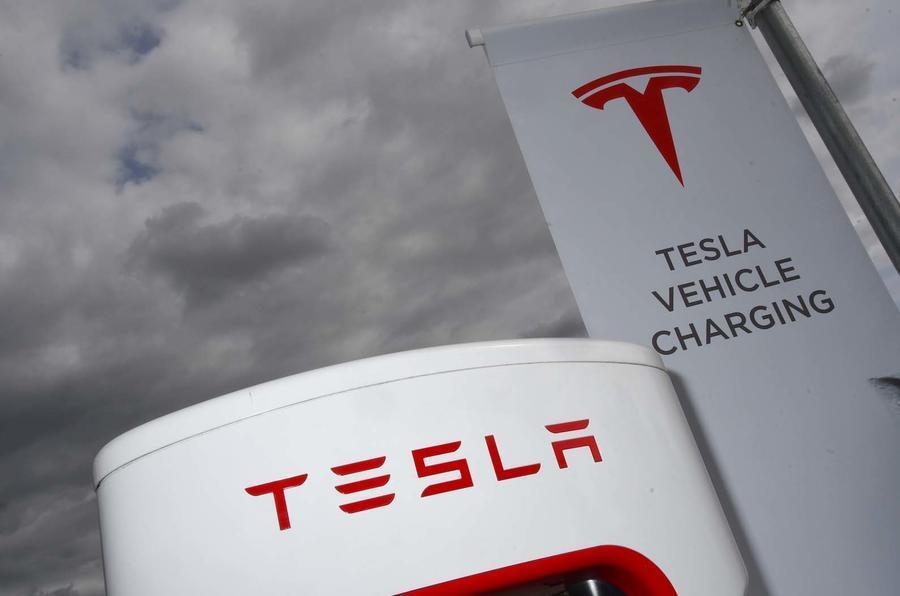Could old-school lead batteries come back to life and speed-up the introduction of electric cars as part of a nationwide charger network?
That’s the thinking in the US, where industry and government are teaming-up to explore if banks of high-capacity lead cells sited at conventional fuel stations could make life easier for EV owners. Tesla is already reported to have looked at the idea.
The latest move is a feasibility study in Missouri, organised by the Consortium for Battery Innovation (CBI), and supported by a grant from the US department of Energy. “This ground-breaking project could pave the way for a much wider roll-out of EV charger stations utilising advanced lead battery technology,” the CBI said.
Modern lead-carbon cells use dry accumulators with the electrolyte held in glassfibre fleece, so there is no nasty old-school acid to leak out.
The cells are widely used in industry, with applications that include balancing energy flow out of wind turbine farms. They can be installed in large storage capacities, for example 25mWh.



Join the debate
Peter Cavellini
Lead?
Isn’t lead a dirty word in Eco circles...?
Peter Cavellini.
xxxx
300kwh of lead??
Now I'm no electrician so I could be innocently wrong but:
With electricity being 14p a kW peak or 7p a kW off peak, 300kwh of batteries would save £21 a night. Will add up over time but for the story to be complete we need to know how much room the 300kwh batteries take, their cost and thier life span?
typos1 - Just can’t respect opinion
Vertigo
Grid balancing
Tesla (among others) are already using batteries at some charging sites, usually the larger ones.
But it's not so much about cost savings (you'd need to store a lot of energy to charge every car that uses the station during the day). It's about grid balancing - by sipping electricity slowly but constantly, and storing it, you can connect high-power charging stations to a lower-power grid infrastructure.
PB1975XS
Already happening (including in the U.K.) but without the lead
Tesla and other charging site operators already equip sites with battery back-up to achieve this but they don’t use lead-acid batteries (Tesla use their own lithium batteries made specifically for energy storage).
The Tesla Supercharger at South Mimms has battery backup already installed as a way of charging from offf peak but mainly to support the available grid supply at times of peak demand.
Brianalf
Lead acid or nickel iron
Would it not be better to use nickel iron batterys instead of lead acid as batterys nickel iron can last up 35 to 40 years and handle overchageing better than lead acid
jason_recliner
Longer term and at a larger scale...
... vanadium will probably be the way to go.
You read it here first!
Add your comment